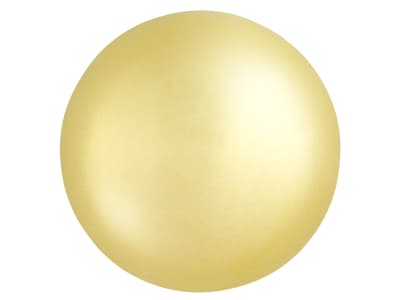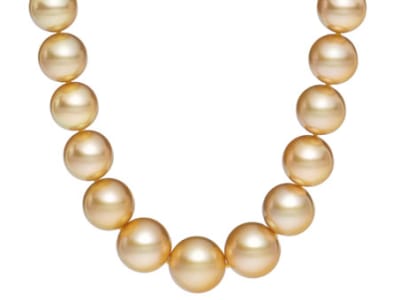The South Sea Pearl is the product of the Pinctada maxima, which is the largest of all the oysters used in the cultured pearl industry. The Pinctada maxima is better known as the silver-lipped or golden-lipped oyster. The interior color of the oyster will produce pearls of a similar color. The silver-lipped variety will produce silvery-white or creamy pearls. The golden-lipped oyster will produce pearls that are soft yellow to an intense, golden color. Pearls typically range from 8 to 20mm but exceptional specimens up to 30mm have been found. South Sea Pearls can be found in the waters around Australia, Indonesia, Myanmar, and the South Pacific islands.
General Information
LWUV: Variable
South Sea Pearl Colors
-
 Blue
Blue -
 Brown
Brown -
 Gray
Gray -
 White
White -
 Yellow
Yellow
Countries of Origin
Myanmar; Unknown; China; Philippines; Australia; French Polynesia; Indonesia
Care
Avoid cosmetics, perfumes, hairsprays, heat and household chemicals.

